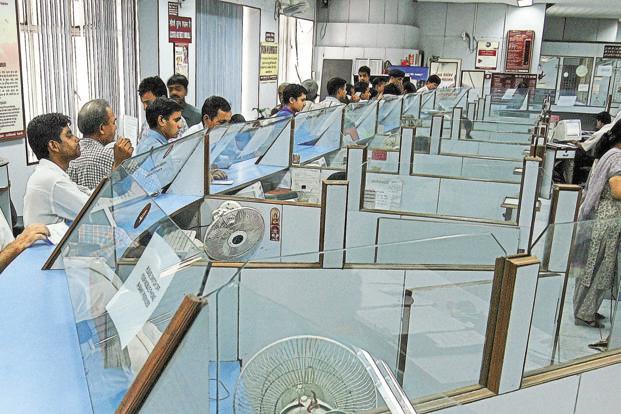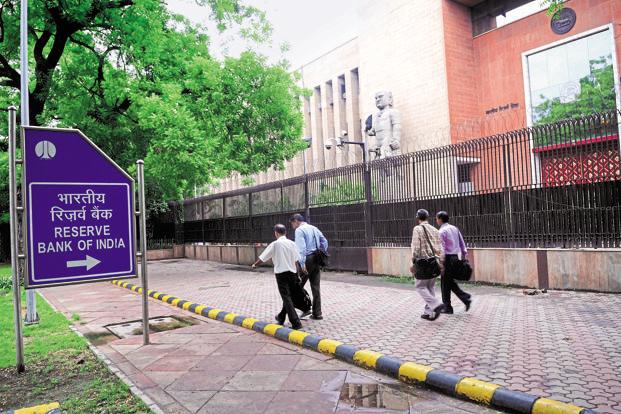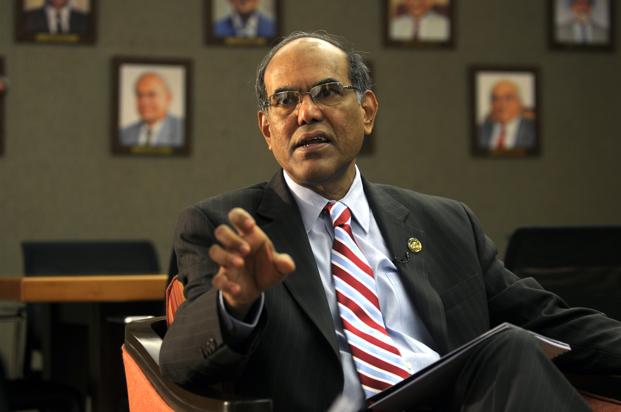Last week, the government announced a capital infusion of Rs.22,915 crore into 13 state-run banks. The nation’s largest lender, State Bank of India (SBI), will get around one-third of it, Rs.7,575 crore. Among others, Indian Overseas Bank (IOB) will receive Rs.3,101 crore, Punjab National Bank (PNB) Rs.2,816 crore, Bank of India (BoI) Rs.1,784 crore, Central Bank of India Rs.1,729 crore, Syndicate Bank Rs.1,034 crore and Uco Bank Rs.1,033 crore. Six other public sector banks will receive between Rs.44 crore and Rs.997 crore each.
This is part of the Rs.25,000 crore that finance minister Arun Jaitley has pledged to infuse in state-run banks in this year’s budget. A year ago, Jaitley had announced a Rs.70,000 crore capital infusion programme over four years—Rs.25,000 crore each in 2016 and 2017 and an additional Rs.10,000 crore each over the following years till 2019, when the new international norms kick in, requiring banks higher capital to take care of market risks.
According to a finance ministry statement, the first instalment of the funds will give banks liquidity support and the release of the remaining amount will be linked to the banks’ performance. The capital infusion exercise is based on the banks’ credit growth in the past five years and projected credit growth.
On the face of it, this seems to be fine, but I am curious to know how the ministry came to the conclusion that IOB, which is much smaller than SBI, should get about 40% of what the country’s largest lender will receive. Similarly, why would Syndicate Bank and Uco Bank get roughly the same amount? Also, how does one justify giving Rs.997 crore to Canara Bank and Rs.810 crore to United Bank of India?
What are the guiding principles behind the determination of the exact quantum of capital for each bank? Also, how does one draw up a list of banks that should not be given capital? Is credit growth alone the deciding factor? What about the level of bad assets and how much money would a bank need to clean up the balance sheet? Is it the regulatory capital requirement of a bank or its importance in the Indian economy? In other words, should the government be socialistic in its approach while giving capital and distribute the resources according to their needs or should it focus on only those banks that must be around and flourish to support the economy?
Let’s do a health check-up of some of the capital-starved banks. IOB has the highest level of both gross and net non-performing assets (NPAs)—17.4% and 11.89% of advances, respectively, for the year ended 31 March. Uco Bank’s gross NPAs were 15.43% and net NPAs, 9.09%. Gross NPAs of Central Bank of India, PNB, BoI and United Bank of India were between 11.95% and 13.26% in March and the net NPAs of each of them were higher than 7%. Uco Bank, IOB, United Bank of India and Central Bank of India have also the least capital among public sector banks.
Data compiled by Ashwin Ramarathinam of Mint’s research bureau shows that IOB’s gross NPAs are almost double its capital and reserves, or net worth. For Uco Bank, it is 1.8 times; United Bank of India and BoI, 1.6 times; and PNB, 1.46 times. For nine other public sector banks, including Corporation Bank, Dena Bank, Syndicate Bank, Allahabad Bank, Union Bank of India and Canara Bank—which are getting capital from the government—the gross NPAs either equal their net worth or are higher.
Simply put, if they need to clean up their balance sheets today by setting aside money for all bad assets, their entire capital base will not be enough to do so. For sure, many of them have made substantial provisions and brought down the level of net NPAs, but for a couple of banks like IOB and United Bank of India, the current net worth is not enough to cover even the net NPAs. For Corporation Bank, BoI, PNB and Uco Bank, the level of net NPAs is between 80% and 99% of their net worth.
We also need to remember that the bad loan story does not end here; a portion of the restructured assets of these banks will turn bad. This means, their NPAs will swell further while net worth will not rise to that extent they would need to continue to set aside money for bad assets; besides, they are not lending for fear of piling up more bad assets and this dents their interest income.
The June-quarter earnings have been announced by two state-owned banks and they do not give us much hope. The State Bank of Bikaner and Jaipur of the SBI family reported a loss of Rs.221.56 crore as it had to set aside Rs.995 crore to take care of bad assets. Its gross NPAs rose to 6.2% (from 4.82% in March) and net NPAs, 3.65% (2.75%). Vijaya Bank has posted a net profit of Rs.162 crore, but its gross NPAs rose to 7.31% from 6.64% in March and net NPAs 5.42% (4.81%).
The pattern of the distribution of capital does not support the government’s stated intention of pushing for consolidation in public sector banks. If indeed it believes in the consolidation theory and the creation of half-a-dozen big banks, then it should capitalize only the large banks and goad them to respond to the credit need of corporations to turn the investment cycle. The need of the hour is encouraging the banks to lend and this is possible when they are adequately capitalized. A socialistic approach to distribution of capital and survival-for-all policy will continue to encourage inefficiency in the state-owned banking system.
With the latest round of capital infusion, the government has pumped in Rs.92,639 crore into state-run banks since 2009. SBI has got Rs.23,449 crore, Central Bank Rs.10,014 crore and IOB Rs.7,796 crore. Clearly, there is no rhyme or reason behind the recapitalization policy. And, of course, there is no accountability on the part of the banks that receive capital. The old story continues…



